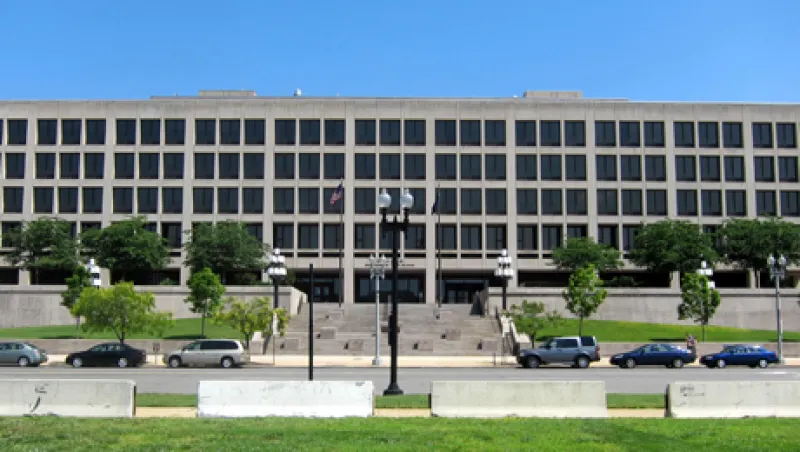Last summer the U.S. Labor Department imposed new requirements on 401(k) plan providers, calling on them to disclose clearer and more detailed fee information to plan sponsors by July 1, 2012.
And despite a statement this month from Phyllis Borzi, head of the Department of Labor’s Employee Benefits Security Administration, that it is too early to see any real changes, some pension experts are noticing a greater inclination to shop around among plan sponsors.
Bradford Campbell — a former head of the Employee Benefits Security Administration and now counsel at Washington, D.C. law firm Drinker Biddle — agrees that it is too early to speak of lasting changes, but he believes that a more competitive marketplace has begun to emerge over the months since the transparency rules were imposed.
"We have seen some turnover as a result" of the new rules, he tells Institutional Investor . "Plans are doing RFPs before they might have in the past, [as] there is more attention to fees."
That doesn’t mean plan sponsors are necessarily shifting alliances, however. "I wouldn’t say there’s been a sweeping change in service providers," Campbell observes, "but there is more focus on the process of evaluating fees."
Much of this may be tactical, according to Guy Hocker, president of First Allied Retirement Services — the sister firm of San Diego, California–based broker-dealer First Allied Securities. Hocker says there’s now a "higher incidence of employers requesting RFPs for the sole purpose of benchmarking their current provider," particularly among larger employers with the staff and wherewithal to do so.
Bill McClain, U.S. intellectual capital leader for defined contribution plans at Mercer, agrees. "We are definitely doing more RFIs [requests for information]," he says, on behalf of plan officials wanting to benchmark their plan fees against other providers and, where appropriate, using this information as "a negotiating tool with current vendors."
While the new rules have been helpful, many plan sponsors were already getting fee information through alternative channels, says Ann Mezadieu, human resources director at Florida-based law firm Becker & Poliakoff, which has nearly 400 employees and a 401(k) plan with roughly $19.5 million in assets.
The ability to understand and compare plan fees is largely a function of "who we work with," says Mezadieu, who points to her relationships with adviser United Capital Corp. and with third-party administrator the Pension Studio of West Palm Beach, Florida.
Thanks to these vendor relationships, "we [already] have all the details of fee disclosure," and can easily see who is charging what, Mezadieu says. On the other hand, she adds, "I could see why a smaller organization without these partnerships might benefit" from the disclosure rules.
The new rules came soon after a July 2012 AARP study that suggested, on top of uninformed plan participants, some plan officials were ignorant of plan fees. But according to Mercer’s McClain, the pensions industry has seen the new rules coming for some time. Overall, "we have experienced a 15 percent to 20 percent increase in fee benchmarking RFIs over each of the last few years," he says. "We expect a continued increase in the volume of benchmarking and vendor search projects, as many plan sponsors have established a policy of benchmarking fees every two to three years and more closely monitoring vendor services."
The increased tendency to shop around — some signs of which preceded the rule change — are also attributable to a flurry of fee-related 401(k) lawsuits, says McClain, with plan officials keen "to have all their ducks in a row."
Plan officials still have more work to do, as the book is not yet closed on 401(k) fee regulation. Campbell says the Labor Department’s regulatory agenda for the summer includes a proposal to make service-provider disclosures still more uniform, via an additional summary or index document that would put consolidated fee information all in one place.






